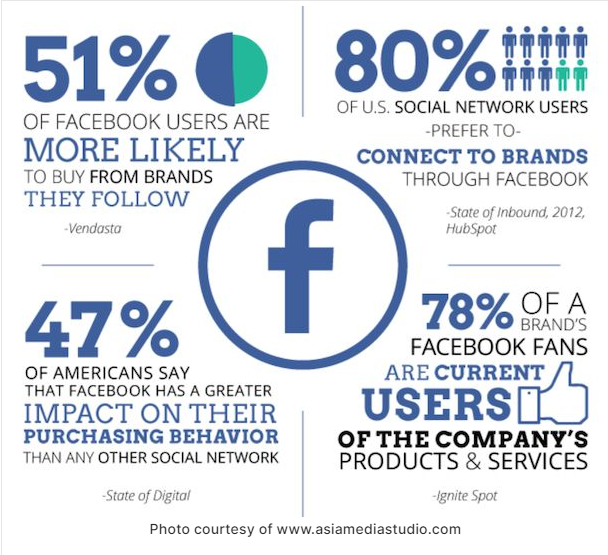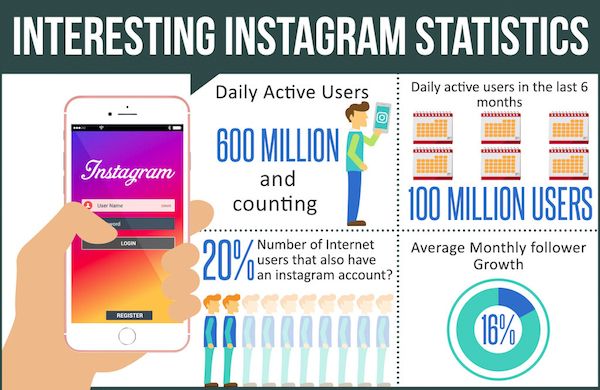Marketing Metrics Businesses Should Be Tracking
Marketing metrics matter because smart marketing is built on the foundations of solid data. That is why any business with a digital marketing strategy should be closely monitoring the following 4 metrics. Let’s hop right in!
In today’s digital marketing landscape, there are a number of data points to measure. Some of these will help businesses with consumer insights and others with direct response. This can be tricky as trying to measure both consumer behavior as well as whether specific marketing activities have led directly to sales. After all, aren’t you ultimately in the game to book more meetings?
A business is only as good as the data it collects. Data reveals the most critical questions to help a business grow faster. Here’s a look at digital marketing performance indicators, along with best practices on how to evaluate the data they provide.
Traffic Sources
Knowing where your future prospects are coming from is important. Did they visit your website after google searching your company? Or did they find you through social media? There are so many places where your clientele can stem from, and its valuable knowing how they found you.
By having access to these insights, it will help you prioritize and optimize those channels. Once that has been done you can easily make simple improvements to other channels that are underperforming.
Tracking Engagement
When someone visits your website, it’s always best practice to know how long they’re browsing. This metric reveals how interested visitors are in your content and if you are attracting additional visitors.
If you see that visitors are only browsing on your website for a few seconds, it could be an indicator that they either didn’t end up on the site they were looking for or quickly realized they’re disinterested in what you’re offering. On the other hand, if you see that your visitors are on your website for an extended period of time, it can signal that you have content the market is interested in.
Everytime you post on social media, send out an email campaign or put out display ads you should be measuring your engagement rates. A great example of this is seeing how many likes an instagram post gets. At times one post may have more likes than another post. Knowing how your audience engages with your content will help you cater and craft future content for them.
CAC & CLV
CAC stands for customer acquisition cost, CLV stands for customer lifetime value. Both of these are crucial to your marketing metric strategy. With customer acquisition cost, there is a cost associated with every customer. Businesses need to measure how much it costs to acquire customers throughout their buying journey.
With customer lifetime value, you’re measuring how much the average customer will spend on your brand during their lifetime. This metric indicates the total financial value a customer brings. Ultimately, this metric will help you decide where to invest the most.
Brand Equity
Lastly, become an expert on your audience. Know how they view you and your products. Household name brands such as Nike and Coca-Cola are all names you recognize, even if you don’t buy their goods. A great example of this would be referring to the product as the brand name. Most people purchase disinfecting wipes and refer to them as “Clorox Wipes,” whether or not they’re purchasing that specific brand.
Analyzing your brand strength will help you know how strong you are in the market and if customers prefer your brand over competitors. It will also be a relevant factor in whether or not customers are willing to pay more for your products since they find your brand valuable.
Last Thoughts
When it comes to business, every company is different, and as such, will need to rely on their own unique set of KPIs and metrics to track their performance. Even the digital marketing metrics that are relevant to your business will vary greatly, depending on what you’re trying to accomplish.
We hope you have learned a little bit more about the importance of metrics and how beneficial it can be to your business. Our goal is to ensure we help improve your marketing and drive success.
At Onimod Global, we regognize the unique and individual nature of every client, and work with your business to help develop a custom strategy that is designed to bring you the highest success possible. Digital Decisions driven by Data is our mantra. Advanced analytics and reporting capabilities is what we do best.
Got questions about tracking and measuring your business performance? Contact us here today to start the conversation.



